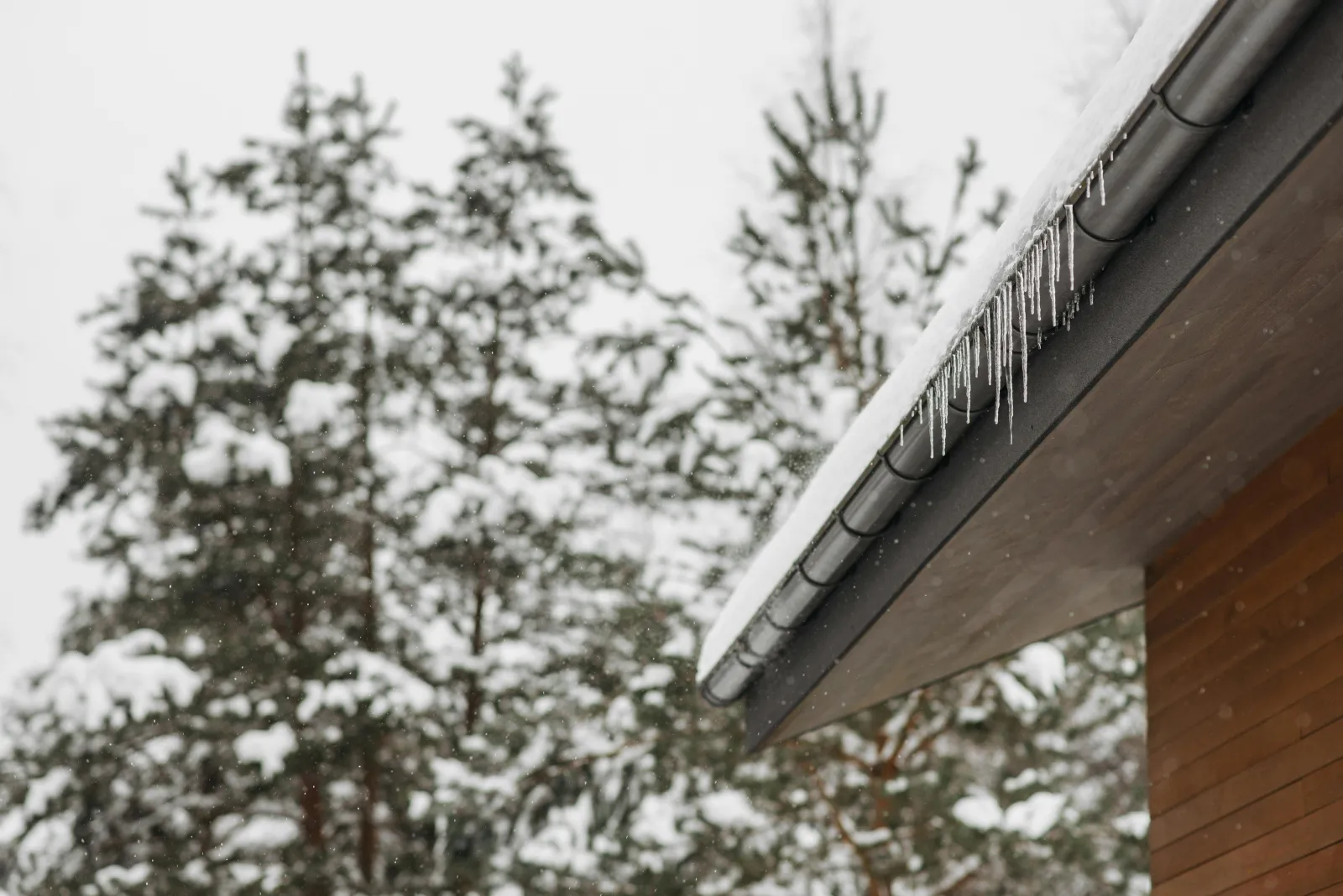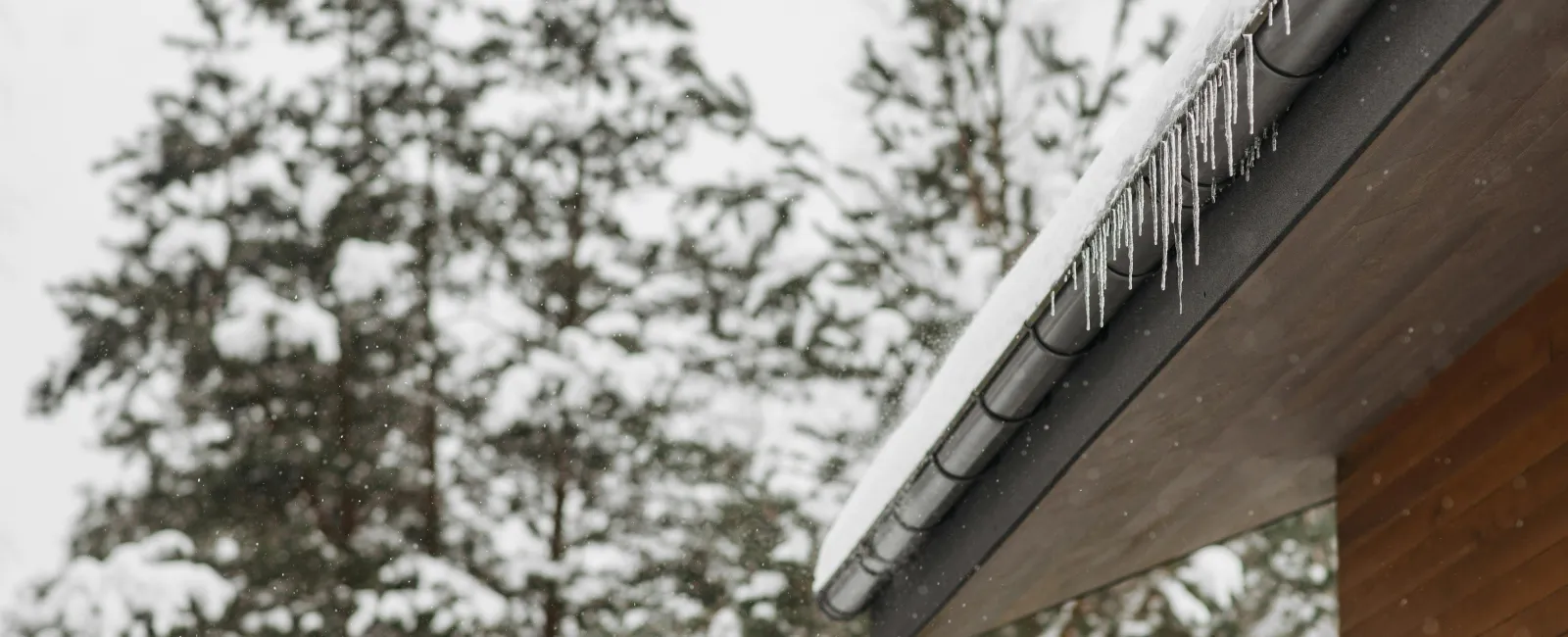Cold weather can be tough on your roof,
especially after ice and snowstorms. This is because water expands and takes up
more space as it freezes. As water works its way under your shingles, it can
create an ice dam that causes water to leak into your
attic. Heavy snows can cause your soffits to sag too.
Checking for roof damage after winter is
crucial, so you can have any trouble areas fixed before spring rain has a
chance to make things worse. Here's how to spot roof damage and when to call
Master Roofers for help.
Look For Obvious Problems
First thing's first—you need to check for signs of damage that are visible just by looking at your roof. This includes things like:
●
Missing or buckling shingles
●
Shingles with bald spots
●
Dark streaks across multiple
shingles
●
Algae or mold on shingles
●
Sagging soffits
●
Loose or rusted flashing
● Granules coming from the gutters
In most cases, these issues are a clear sign that something is wrong. For example, missing shingles leave your roof vulnerable to leaks, while algae can indicate trapped moisture inside.
Even small issues like rusted flashing aren't just cosmetic and almost always lead to bigger problems down the line if not addressed. By catching any problems early, you can save yourself from more expensive repairs and extend the life of your roof.

Check for Water Damage Indoors
Whether or not you see algae outside, the
next step is to look inside for any indicators that water has leaked through
your roof. For example, you might notice things like:
●
Blistering or peeling paint
●
Discoloration on the ceiling
●
Ceiling feels soft or wet to the
touch
●
Light coming through your attic
●
High indoor humidity
●
A damp, musty odor
Unfortunately, water damage is more than
just a structural problem. It can also create the perfect breeding ground for
mold, mildew, and harmful bacteria that can get into your air. This can be
especially problematic for people with health conditions like asthma and COPD.

Keep an Eye on Your Energy Bills
Another sign that there's a potential
problem with your roof is rising energy bills. When your roof is damaged, it
becomes less effective at keeping warm or cool air in your home. In turn, this
causes your HVAC system to work harder and increases your electric expenses.
After winter, your energy costs should
take a dip in between the heating and cooling seasons. If it doesn't, your roof
could be the culprit.
Hire a Qualified Roofing Expert
The last thing you want when winter is
finally on its way out is to deal with a roofing emergency. While it might be tempting
to leave minor damage alone, this is almost never a good idea. Missing
shingles, holes in your roof, and other issues can easily be made worse with
just one spring rain.
Having your roof checked by a
professional after every winter is a great way to spot potential problems.
Then, you can have anything fixed before it turns into a major issue.
Do You Need Roof Repairs? Call
Master Roofers Now
If your roof is sagging, warped, or
otherwise damaged after winter, we've got you covered. Our team of
Massachusetts and New Hampshire roofers can come to your home for a free quote,
so you know exactly what needs to be fixed and how much it will cost.
Click here to get in
touch or call 603-935-5035 to chat with an expert roofer today.
Why Customers Choose Us
●
Serving New Hampshire and select service
areas for 80+ years
●
Three-generation family owned and
operated
●
Industry-leading workmanship and
materials warranties
●
We only use shingles from GAF,
America's #1 brand
●
Estimates are always free
Read More
Visit our blog
or check out some of our helpful related articles below:

